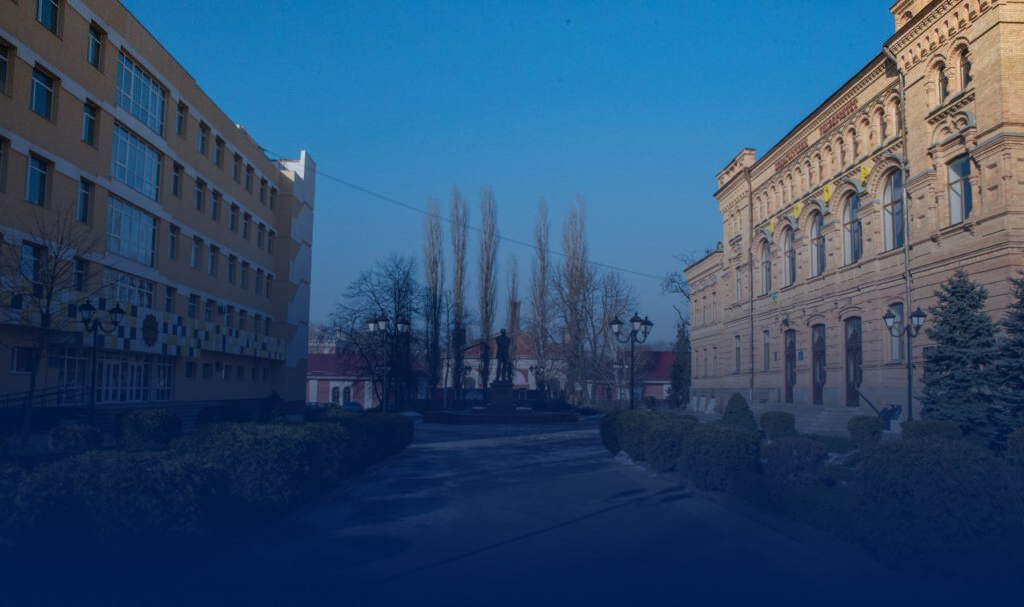eCUSUIR - Electronic Central Ukrainian State University Institutional RepositoryВітаємо на сторінках інституційного репозитарію (архіву) наукових публікацій Центральноукраїнського державного університету імені Володимира Винниченка. Електронний архів містить у відкритому доступі публікації викладачів та співробітників університету, матеріали доповідей та конференцій, навчально-методичні книги та інші видання ЦДУ ім. В. Винниченка. Про eCUSUIRПолітики eCUSUIR Інструкція з реєстрації ISSN 2518-1289 |

Нові надходження
Розробка мобільного додатку для аналізу сумісності відеоігор з конфігурацією ПК
(2024) Сидоренко, Карина Олександрівна
(ua) Дипломна робота складається із 82 сторінок тексту формату А4, включаючи 36 рисунків, 4 таблиць, посилання на 26 літературні джерела та 4 додатків.
Метою роботи є дослідження, аналіз та розробка мобільного додатку на платформі Android для аналізу сумісності відеоігор з конфігурацією пк, з метою підвищення безпеки та вдосконалення мобільного додатку. У роботі були використані методи аналізу вимог, проектування та програмування на мові Java з використанням середовища розробки Android Studio.
Результатом є розроблений застосунок, який включає в себе функціонал сумісності відеоігор з конфігурацією комп’ютерних вимог та характеристик користувача.
Новизна роботи полягає у розробці зручного та ефективного інструменту для використання на Android платформі.
Рекомендації щодо використання результатів роботи включають можливість розширення функціоналу застосунку та адаптацію його під конкретні потреби додатку.
(en) The thesis consists of 82 pages of text in A4 format, including 36 figures, 4 tables, references to 26 literary sources and 4 appendices.
The purpose of the work is research, analysis and development of a mobile application on the Android platform to analyze the compatibility of video games with a PC configuration, with the aim of increasing security and improving the mobile application. The work used the methods of requirements analysis, design and programming in the Java language using the Android Studio development environment.
The result is a developed application that includes video game compatibility functionality with configuration of computer requirements and user characteristics.
The novelty of the work consists in the development of a convenient and effective tool for use on the Android platform.
Recommendations for using the results of the work include the possibility of expanding the functionality of the application and adapting it to the specific needs of the application.
Комп’ютерне моделювання рекламної кампанії засобами пакету символьних обчислень
(2024) Руденко, Артем Григорович; Rudenko, A. H.
(ua) Кваліфікаційна робота присвячена актуальній тематиці розробки візуальних програмних додатків для моделювання соціальних явищ. Створено комп’ютерну програму, яка дає можливість моделювати соціальне явище рекламної кампанії на базі моделі Лоткі-Вольтерра.
(en) The qualification work is devoted to the current topic of developing visual software applications for modeling social phenomena. A computer program has been created that makes it possible to simulate the social phenomenon of an advertising campaign based on the Lotky-Volterra model
Розробка веб-сайту інтернет-магазину будівельних матеріалів засобами React JS та MySQL
(2024) Скорозвон, Ігор Сергійович; Rafeiev, D. I.
(ua) У роботі представлено результати розробки веб-сайту для інтернет-магазину будівельних матеріалів, створеного за допомогою технологій React JS та MySQL. Цей інтернет-магазин надає користувачам можливість переглядати товари, здійснювати замовлення, розраховувати кількість та вартість матеріалів залежно від заданої площі за допомогою вбудованого калькулятора.
(en) This paper presents the results of developing an online building materials store website using React JS and MySQL technologies. The online store allows users to browse products, place orders and calculate the quantity and cost of materials based on the specified area using a built-in calculator.
Розробка Android-додатку для пошуку відео-контенту із застосуванням штучного інтелекту
(2024) Рава, Анастасія Олександрівна; Rava, A. O.
(ua) В Кваліфікаційній роботі розглянуто теоретичні основи розробки мобільних додатків та штучного інтелекту, зокрема: здійснено огляд мобільних платформ та особливості розробки для Android, методів пошуку відео-контенту, можливостей штучного інтелекту та його застосування в пошуку інформації, а також проаналізовано існуючі рішення для пошуку відео-контенту з використанням штучного інтелекту. Визначено специфікації вимог до Android-додатку для пошуку відео-контенту та описано етапи проєктування. Детально описано принципи розробки Android-додатку та аналіз результатів його роботи, а саме: створення основних модулів додатку; реалізація інтерфейсу користувача; інтеграція алгоритмів штучного інтелекту.
(en) The Qualification Work considered the theoretical foundations of mobile application development and artificial intelligence, in particular: an overview of mobile platforms and development features for Android, video content search methods, artificial intelligence capabilities and its application in information search, and existing solutions for video search were analyzed. Content using artificial intelligence. The requirements specifications for the Android application for searching for video content are defined and the design stages are described. The principles of developing an Android application and analyzing the results of its work are described in detail, namely: creation of the main application modules; user interface implementation; integration of artificial intelligence algorithms.
Розробка комп'ютерної гри жанру "Морський бій" засобами JavaScript
(2024) Процик, Сергій Васильович; Protsyk, S. V.
(ua) Кваліфікаційна робота присвячена актуальній тематиці розробки комп’ютерних ігор. Розроблено комп’ютерну гру, що симулює морський бій з можливістю вибору храктеристик об’єкта-корабля.
(en) Qualification work is devoted to topical issues of development of computer models of biological processes. A graphical application for modeling the phenomenon of species migration based on the multilocal Turing model has been developed.
Qualification work is devoted to the current topic of developing computer games. A computer program has been developed that simulates a naval battle with the ability to select the characteristics of the object-ship.
